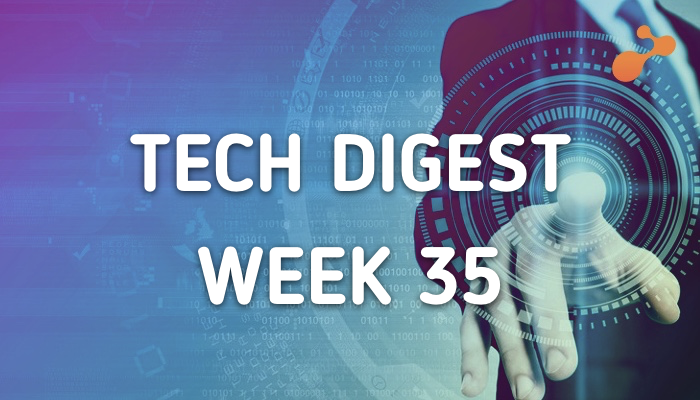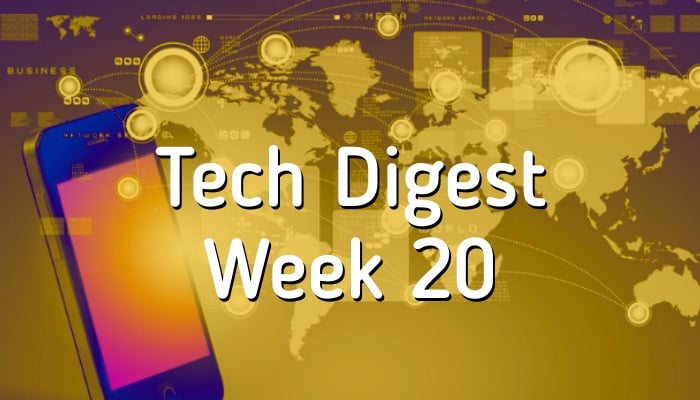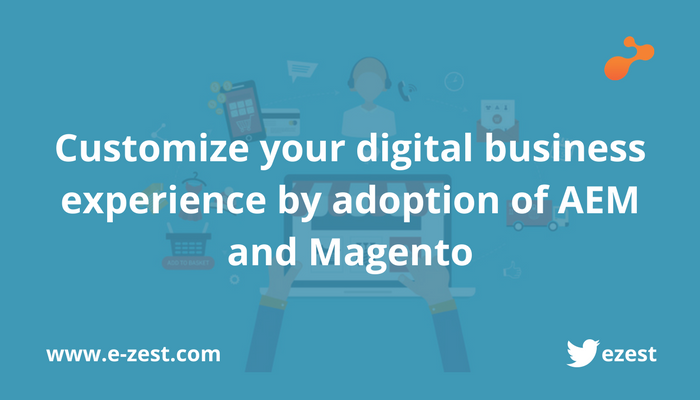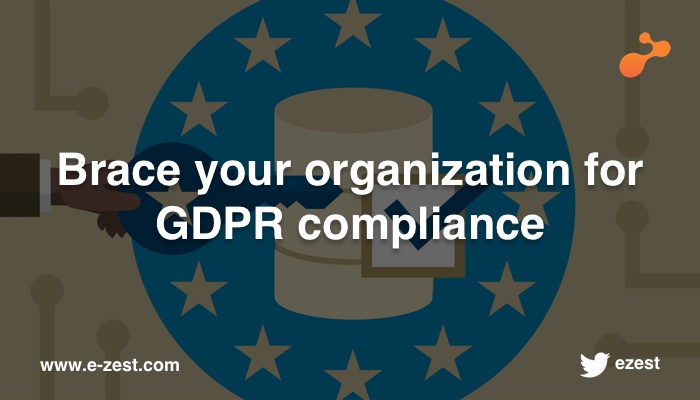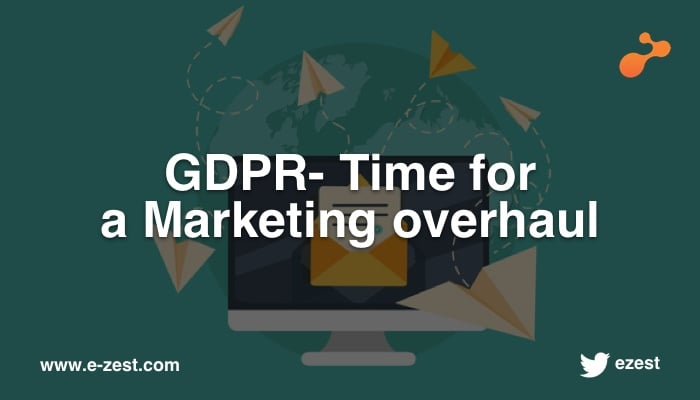
Over last two decades organizations have moved from ‘hunch’ to ‘number crunch’. I have known some organizations who now stress more on social sentiment analytics than subject matter experts’ opinions. We are not here to discuss whether this is right or wrong but we can’t ignore the fact that data and numbers have become foundation of corporate decision making system.
I was reading about some of the digital technology usage stats and the figures are just mind-boggling. We have left kilos and megas long back and we are in the world of petas and exas today. Soon we will upgrade to the world of zettas and yottas. The point I am trying to make is that we are creating so much of data today that if we do not manage it properly then it will create data chaos. And if we leave it mismanaged for some more time then situation will become chronic.
Many believe that big data technology will play the role of the savior giving that extra edge to the organizations. So let’s get our facts right first. Big data is not a single technology or technique. It’s rather a set of technologies, business processes and initiatives that will make most out of your data and which is difficult to process applying traditional RDBMS approach. Here data comes at great speed, in various formats and its sheer volume is enough to choke your network bandwidth.
Forrester’s TechRadar has outlined 22 technologies that forms the big data landscape. The summary of the research is nicely covered here -http://www.forbes.com/sites/gilpress/2016/03/14/top-10-hot-big-data-technologies/. The research is in-depth enough to give executives confidence that we are now equipped with all tools to tackle the issue of big data. It’s true, but what’s more important to utilize big data properly is a ‘big data mindset’.
To make your big data initiative successful you need to ask following questions in given order – (a) What part of your business processes needs to be improved? (b) What sources can provide required data? (c) What will be the structure of this data? (d) How to collect data? (e) How to store this data? (f) How to process this data? (g) How to represent this data for effective decision making?
Once all of this is sorted you are all set to make big leaps.

